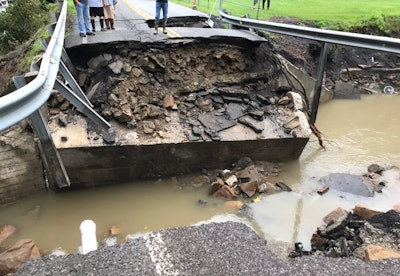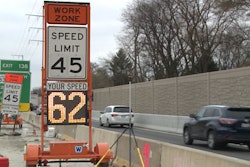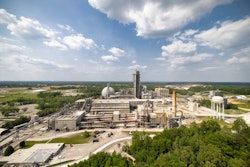
New requirements are coming for contractors on federally funded projects in determining the proper flood elevation, including for roads and bridges, according to the Federal Emergency Management Agency.
Published July 11 and going into effect September 9, the new policy surrounding the implementation of the Federal Flood Risk Management Standard is designed to “help reduce the damage caused by both current and future flooding.” Previous standards were only created to factor in current flood risks, according to FEMA.
The policy will affect all FEMA-funded actions involving new construction, substantial improvement or repairs.
The agency defines the Federal Flood Risk Management Standard as:
“It requires agencies to prepare for and protect federally funded buildings and projects from flood risks. More specifically, it requires agencies to determine specific federal building or project dimensions – that is, how high and how wide and how expansive a building or project should be – in order to manage and mitigate any current or potential flood risks.”
When determining the needed elevation for federally funded projects, agencies can choose one of the following methods:
- Climate Informed Science Approach: The elevation and flood hazard area that result from using the best-available, actionable hydrologic and hydraulic data and methods that integrate current and future changes in flooding based on climate science;
- Freeboard Value Approach: The elevation and flood hazard area that result from adding an additional 2 feet to the base flood elevation for non-critical actions and by adding an additional 3 feet to the base flood elevation for critical actions; or
- 500-year floodplain: The area subject to flooding by the 0.2% annual-chance flood.
According to FEMA, adding 2 feet of elevation into a new building design on average adds 1.91% to the total project cost.
FEMA also stated it will pay the applicable federal cost share – usually 75% or more – to implement the flood risk standard.
The new policy follows several recent floods in the U.S., which have triggered road closures across Midwest states, a partial dam failure in Minnesota, and collapsed bridges.










